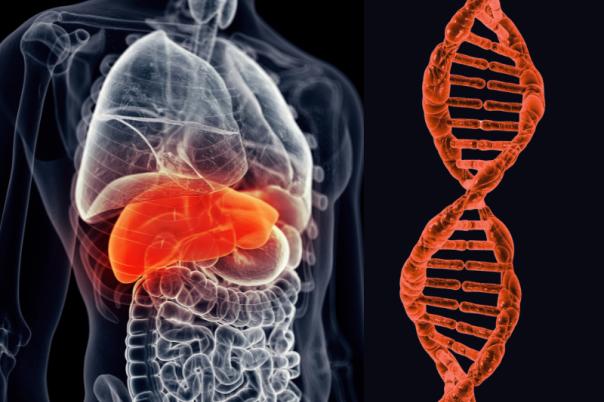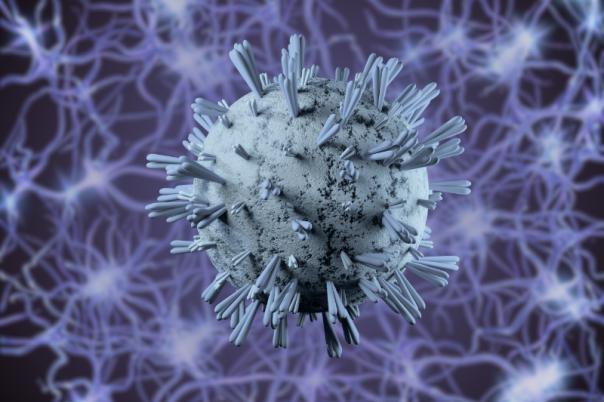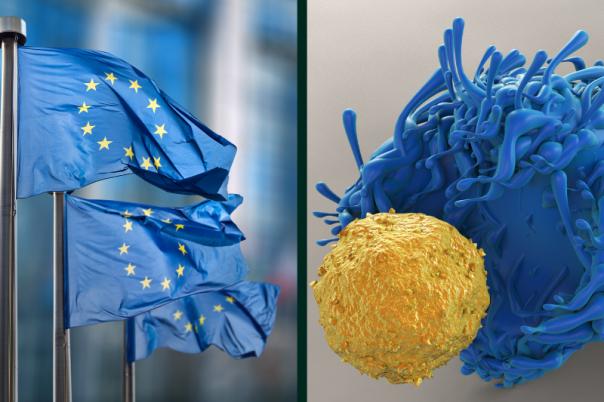In this presentation, Luz Alonso-Crisostomo, a Senior Scientist at AstraZeneca, supports the need for generating cell models in drug discovery, stressing their importance in developing new therapeutics.
Alonso-Crisostomo works in AstraZeneca's Cell Engineering team, with over 10 years of experience in biomedical research and extensive international exposure. Here, she explains that cell models are crucial for mimicking the biology and physiology of specific diseases, which helps in identifying and validating drug targets.
AstraZeneca has a diverse toolbox of cell editing techniques, Alonso-Crisostomo’s Cell Engineering team mainly use CRISPR Cas9 and overexpression systems to develop their cell models. Alonso-Crisostomo then demonstrated the work of her team with two case studies.
The first case study focused on the generation of a cell model that was used to validate a tool compound before going in vivo. This was a MTAP knockout cell model for the development of PRMT5 inhibitors.
The deletion of MTAP and the subsequent accumulation of MTA create a unique biological event that can be targeted for cancer therapy. Specifically, the inhibition of PRMT5 in cells lacking MTAP can be exploited to develop selective PRMT5 inhibitors. The Cell Engineering team did so in various steps including gene structure analysis, CRISPR strategy design, and validation.
The second case study involved profiling PROTAC degraders, where the team tagged proteins of interest with a hybrid luminescent peptide to optimize PROTAC profiling.
Alonso-Crisostomo finished her talk by emphasising that generating the right biological cell model is critical for the successful development of drugs, being indispensable at various stages of the drug discovery process.





